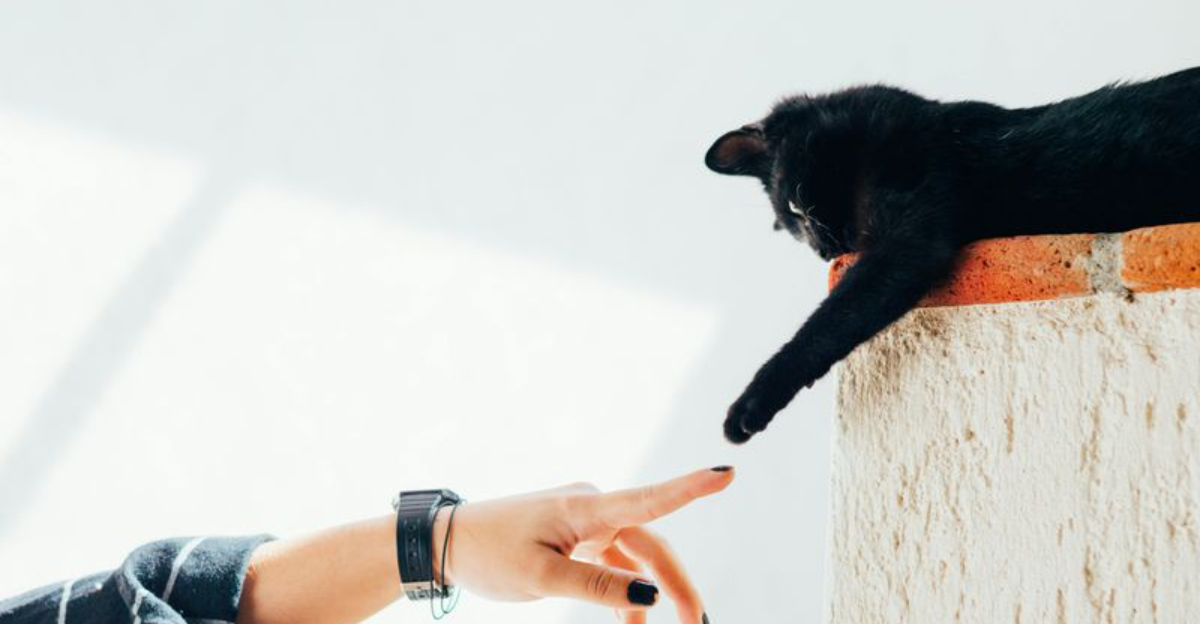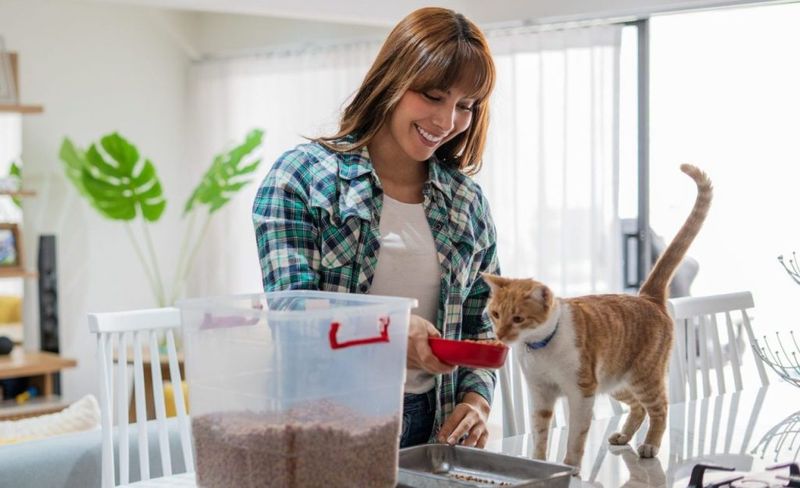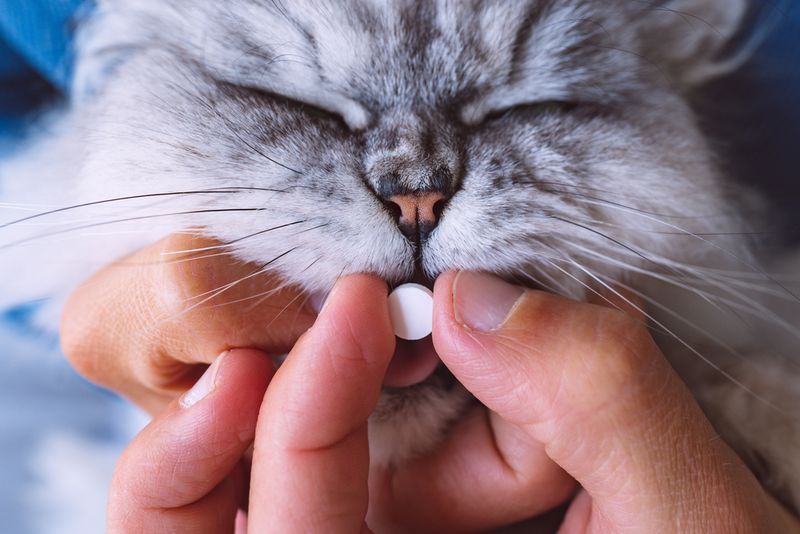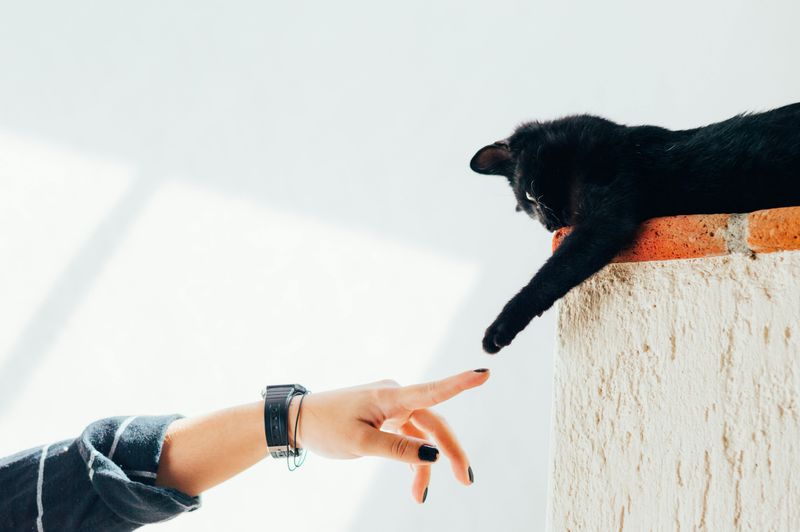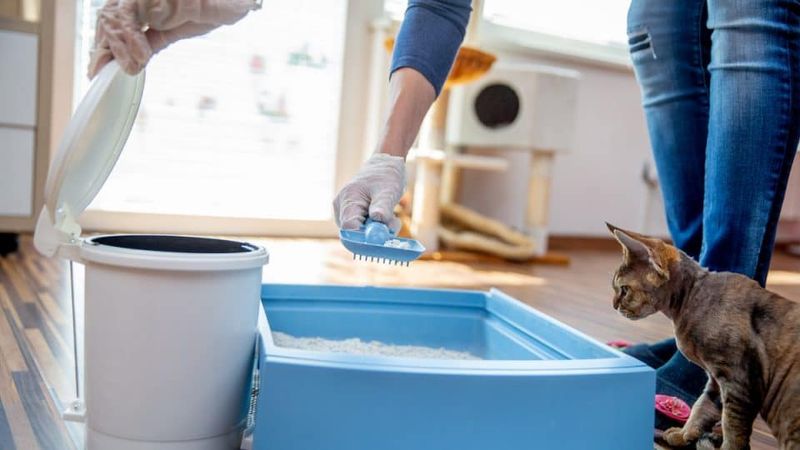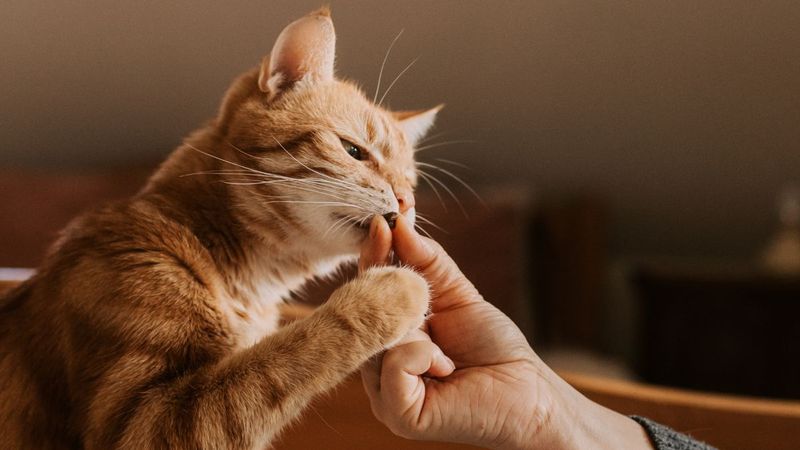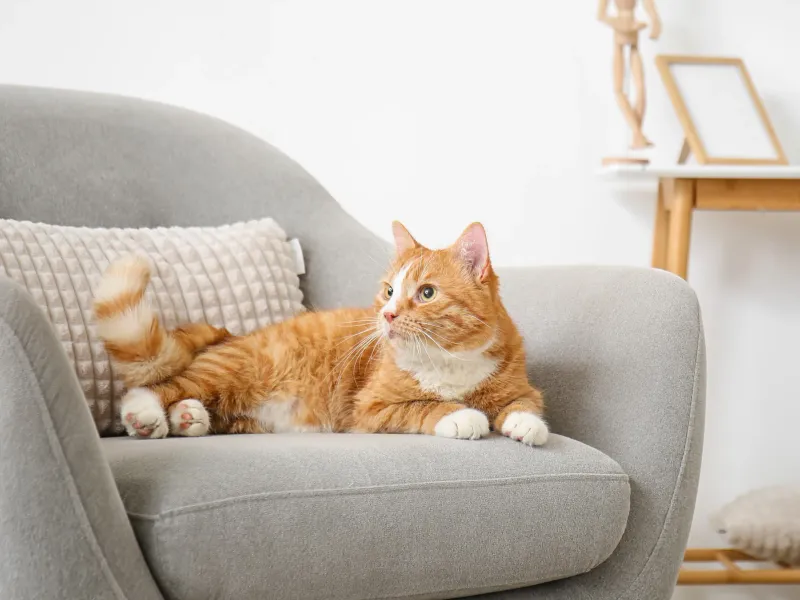📖 Table of Content:
- 1. Feed Your Cat According to Instructions
- 2. Clean Litter Boxes
- 3. Provide Fresh Water
- 4. Administer Medication
- 5. Engage in Playtime and Interaction
- 6. Offer Grooming or Brushing
- 7. Monitor Cat Behavior and Health
- 8. Maintain a Safe and Clean Environment
- 9. Provide Daily Updates to Owners
- 10. Handle Minor Household Tasks
Hiring a cat sitter is one of the best decisions a pet parent can make when leaving town, working long hours, or simply needing an extra hand. While cats are known for their independence, they still require consistent care, interaction, and a watchful eye to stay happy and healthy in your absence. A qualified cat sitter steps in to offer not only basic care but also emotional comfort and a layer of security for both your feline friend and your home.
Many people underestimate the range of services a professional cat sitter actually provides. Beyond the usual feeding routine, these caregivers take on multiple responsibilities that make your cat’s life more comfortable and your time away less stressful. From monitoring health to keeping the litter box pristine, their work goes far beyond the basics.
In this article, you’ll find a breakdown of ten essential things a great cat sitter does—many of which you may not have considered. Each task plays a vital role in your cat’s wellbeing while you’re gone. Understanding these responsibilities can help you better communicate with a sitter and ensure you’re selecting the right person for the job. After exploring the sitter’s role, we’ll walk through some key steps to choosing the ideal candidate to trust with your pet. Whether you’re a first-time cat parent or a seasoned traveler, this guide offers clarity and confidence in hiring your next cat sitter.
1. Feed Your Cat According to Instructions
Following your specific feeding instructions is one of the top priorities for any cat sitter. Whether your cat is on a raw diet, timed meals, or needs supplements mixed in, sitters tailor each visit to your exact routine. They know that even small deviations can upset a cat’s stomach or lead to stress. If your cat grazes throughout the day, the sitter will adjust how and when food is left out. Detailed notes, measurements, and container labels are commonly used to stay organized. In multi-cat households, feeding can become more complex—some cats require isolation during meals or different formulas entirely. A professional sitter handles all of this with care and precision to maintain consistency in your cat’s diet.
2. Clean Litter Boxes
A clean litter box isn’t just about odor control—it’s crucial for your cat’s hygiene and comfort. Professional cat sitters understand the importance of scooping waste daily, if not more frequently. They also watch for changes in waste as potential signs of illness, such as blood, diarrhea, or unusual frequency. After scooping, they’ll often tidy up the area to remove stray litter and keep the surrounding space clean. Many sitters replace the litter entirely if the stay is extended or if odors persist. They’ll also sanitize scoops and bins when needed to prevent bacteria buildup. Keeping the litter box fresh reduces the risk of your cat eliminating elsewhere, which can be stressful for both the pet and owner.
3. Provide Fresh Water
Hydration plays a vital role in your cat’s health, especially if they’re on a dry food diet. Cat sitters refresh water bowls or fountains during each visit, ensuring there’s always a clean source available. If your cat is picky about water—say, they prefer ice cubes or filtered water—a good sitter will take note and adjust. Some cats drink better from moving water, so sitters often check to ensure fountains are clean and working properly. Dirty bowls are washed out to prevent slime buildup, which can harbor bacteria. Sitters may even track how much water is being consumed if you’ve expressed concern about hydration. All of this helps reduce the risk of urinary or kidney problems during your time away.
4. Administer Medication
Medication routines are non-negotiable, and reliable cat sitters treat them with urgency and care. If your cat needs insulin, thyroid pills, eye drops, or other treatments, sitters follow strict timing and dosage instructions. They’re often trained in safe restraint techniques to minimize stress and avoid injury. Precision matters—missing or doubling a dose can have serious consequences for a chronically ill cat. Experienced sitters document every administered dose for your records. Some will even do a dry run before the official booking to ensure the cat is cooperative. Trusting someone with your pet’s health means choosing a sitter who’s both confident and cautious with medical needs.
5. Engage in Playtime and Interaction
Enrichment isn’t just for dogs—cats benefit immensely from structured play and affection. Rather than assuming cats want to be left alone, many sitters take time to engage based on each cat’s personality. A shy cat may prefer quiet company, while an active kitten will chase toys across the room. Sitters often rotate toys or bring new ones to keep things fresh and exciting. Playtime helps reduce anxiety, especially for cats used to daily attention from their owners. It also builds trust, making the sitter’s job easier over multiple visits. This emotional care contributes just as much to wellbeing as food and litter maintenance.
6. Offer Grooming or Brushing
When it comes to grooming, many cats need a helping hand—especially long-haired breeds or seniors. Cat sitters may brush fur daily or every few days to prevent mats and reduce shedding. They pay attention to sensitive areas like under the arms or behind the ears, where knots often form. While not all cats enjoy brushing, sitters usually learn the cat’s tolerance levels and ease into it with gentle techniques. Grooming time can double as a bonding moment, building trust between the sitter and the pet. Removing excess fur also cuts down on hairballs and litter-tracking issues. It’s a small service that adds significant comfort for the cat.
7. Monitor Cat Behavior and Health
Keeping a watchful eye on behavior changes can be the difference between a routine visit and catching an early health issue. Cat sitters often observe appetite, litter box usage, coat condition, and social behavior with care. A normally playful cat who hides under the bed might be feeling ill or stressed. Because sitters visit daily, they’re well positioned to detect gradual shifts in condition. Many keep logs or send daily updates noting energy levels, eating habits, or odd behaviors. If something seems wrong, they’ll notify you immediately and may assist with emergency vet visits. Their role goes far beyond passive observation—it’s active health monitoring with your peace of mind in mind.
8. Maintain a Safe and Clean Environment
In your absence, a cat sitter becomes the temporary steward of your home’s safety. They check windows and doors to ensure they’re locked and secure, especially if your cat is curious or an escape artist. Electrical cords, open bags, or breakable items are all hazards sitters look out for. Spills, hairballs, or knocked-over plants are cleaned up promptly. If your cat tends to get into mischief, the sitter may proactively close doors or block access to risky areas. A tidy, hazard-free environment supports a calmer pet and reduces accidents. That kind of vigilance makes the difference between just feeding your cat and truly caring for them.
9. Provide Daily Updates to Owners
Staying in the loop helps pet parents relax, and good sitters understand this completely. Most provide a short report after each visit—often with photos, videos, or even short voice memos. These updates can include everything from meals eaten to funny behavior observed. Sitters tailor their messages to your preferences: some clients want brief notes, while others enjoy detailed summaries. Communication also includes questions, like whether to adjust feeding or deal with behavioral issues. Even just seeing a photo of your cat lounging comfortably can ease any worries you have. This consistent, transparent communication fosters trust between sitter and client.
10. Handle Minor Household Tasks
While their main focus is your cat, sitters often take on simple home duties that help keep things running smoothly. They might bring in the mail, water a few plants, or rotate blinds and lights to create the illusion that someone’s home. These small touches provide an extra layer of security and convenience. Some sitters also take out the trash or check for leaks or power issues while you’re away. When handled with care, these tasks make the transition back home easier. It’s not about doing everything—it’s about maintaining peace of mind while you’re gone. A professional cat sitter offers this added service as part of a well-rounded approach to home and pet care.
